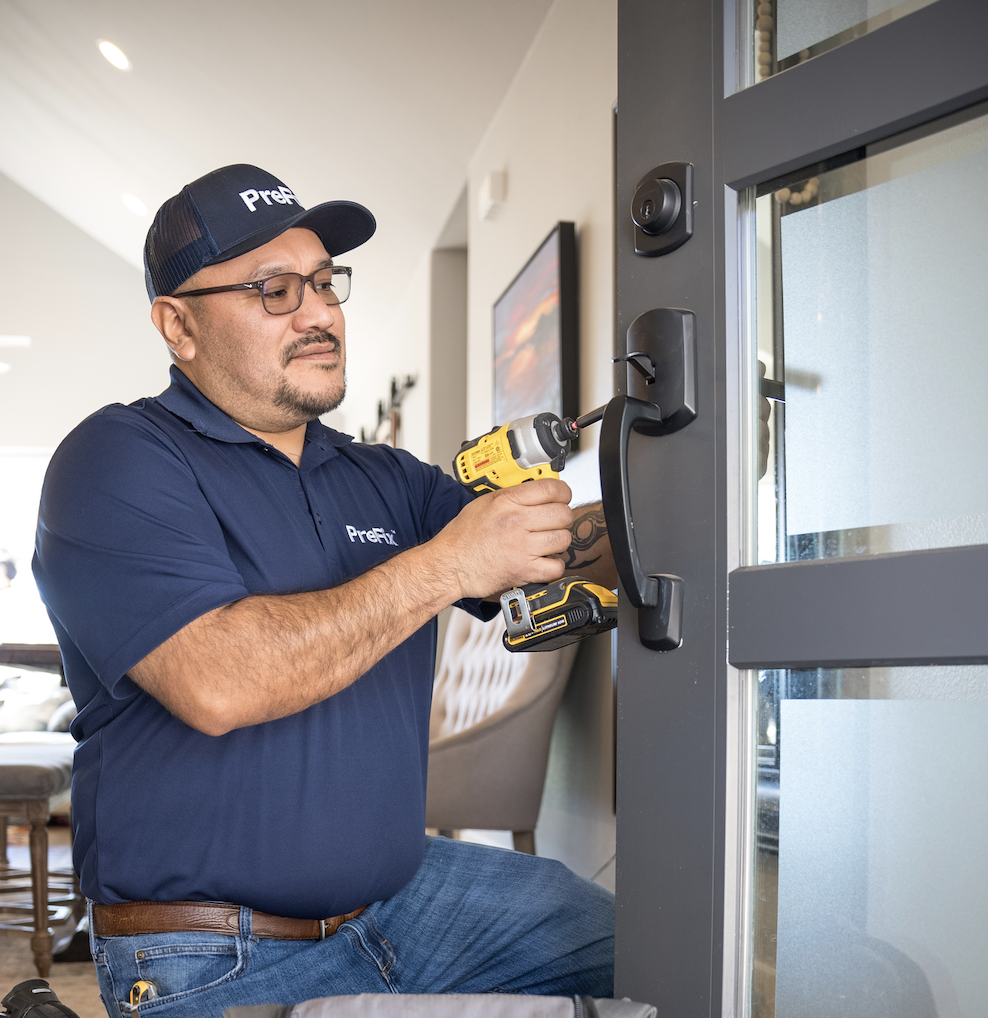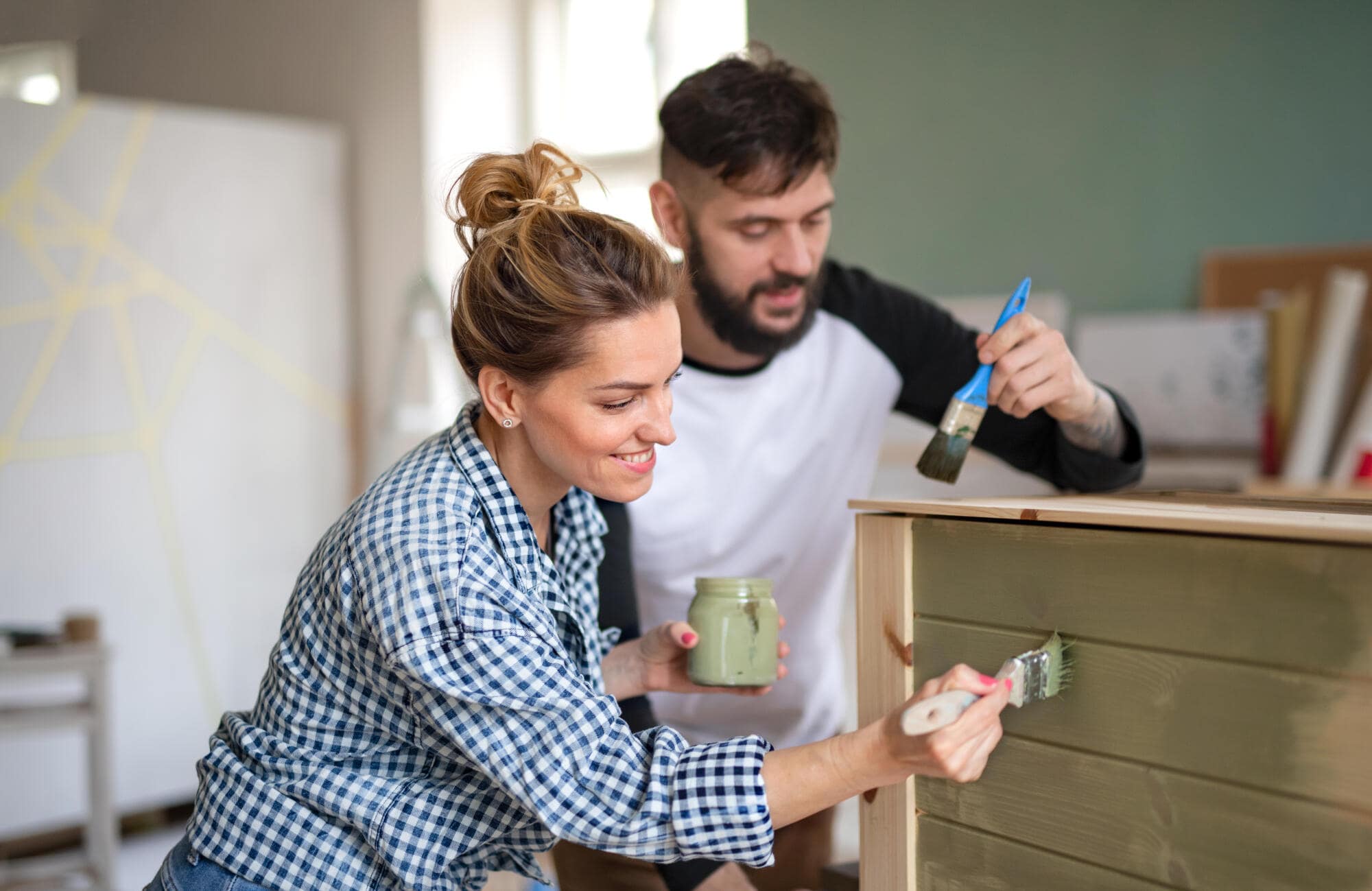Were you interested in insight concerning Who is responsible for plumbing maintenance?

Taking care of pipes issues in rental homes successfully is essential for keeping renter satisfaction and maintaining the residential property's value. Whether you're a property manager or a residential property supervisor, knowing exactly how to resolve these common problems can save you money and time while making certain compliance with legal obligations. Below's a detailed guide on how to manage pipes concerns in rental residential or commercial properties.
File Whatever
Maintain thorough documents of all reported plumbing issues and the actions taken to settle them. Documentation should include dates, descriptions of the issue, communication with occupants, and receipts from professionals or plumbing technicians. This info can be critical for insurance policy claims, tax reductions, and lawful defense.
Usage Qualified Professionals
Constantly make use of licensed and insured experts for considerable pipes fixings and installments. This ensures that the job depends on code and can aid stay clear of responsibility issues in case of accidents or further damages. It additionally comforts lessees that fixings are being handled professionally.
Establish Clear Interaction
Motivate occupants to report any kind of pipes problems as quickly as they take place. Give several communication channels such as phone, email, or a renter portal to make it very easy for them to connect. Trigger reactions to these reports can protect against small issues from intensifying right into major issues.
Educate Renters
Inform your renters concerning what makes up a pipes emergency situation and what does not. Supply guidelines on how to handle minor concerns themselves, such as making use of a bettor to unclog a toilet. Additionally, notify them about what they need to prevent taking down drains to prevent clogs, such as oil, coffee premises, and non-biodegradable items.
Routine Upkeep
Carry out a routine maintenance schedule for all plumbing systems in your leasing residential properties. Regular checks can aid determine and settle problems like leaks, sluggish drains pipes, or corroded pipes prior to they end up being severe. Consider employing a professional plumbing professional to examine the properties every year or semi-annually.
Quick Action to Emergency Situations
Have a plan in position for responding to plumbing emergency situations. This should consist of having the call information of trustworthy plumbing services that use 24/7 emergency repair work. Quick activity is essential to reduce damages in situations like burst pipes or extreme leaks.
Preventive Upgrades
Think about updating older plumbing systems and fixtures to much more modern-day, reliable models. This can decrease the regularity and extent of plumbing issues and lower lasting upkeep costs. It's also a selling factor for possible lessees who value upgrades and modern functions.
Tenant Move-Out Inspections
Conduct extensive pipes checks throughout move-out examinations to ensure that any type of problems are determined and attended to prior to a brand-new lessee relocate. This prevents disputes with new tenants over pre-existing conditions and guarantees the building remains in leading problem.
Understand Legal Obligations
Understand your legal obligations relating to plumbing and general home maintenance. A lot of jurisdictions need property managers to ensure their residential properties are habitable and that all plumbing systems are in good working order. Failing to resolve significant problems immediately can result in lawsuits from occupants.
Occupant Compensations
If a plumbing concern calls for instant interest and the tenant resolves the concern by themselves, have a clear policy in place for compensating expenses. Guarantee tenants recognize they must acquire prior authorization for higher-cost repair services unless it's an absolute emergency.
Verdict
Managing plumbing concerns in rental buildings needs a proactive strategy and good communication with lessees. By remaining on top of maintenance, responding immediately to emergency situations, and making use of qualified professionals, property managers can maintain their buildings in outstanding problem and preserve excellent partnerships with lessees.
How to Handle Water Damage in a Rental Property
What is Water Damage?
Water damage is harm or destruction caused by water entering areas where it is not supposed to be. It can be caused by a variety of sources and can manifest in different ways. The most common examples of water damage include:
Leaking roof Plumbing leaks Appliance malfunctions Poor drainage Flooding Sewage backup Condensation Tenant negligence HVAC system issues Frozen pipes Is water damage dangerous?
Water damage itself is not inherently dangerous, but it can lead to various hazards and health risks if not promptly and properly addressed. The severity of these risks depends on the extent of the water damage, the source of the water, and how quickly it is mitigated.
Some potential dangers associated with water damage include structural damage, mold and bacterial growth, electrical hazards, water contamination, and pest infestations. In situations where mold and mildew have gone unaddressed, mold can start to develop within 24-48 hours of water exposure, and this can impose a serious health risk to tenants. In particular, mold spores and damp conditions can lead to respiratory issues and even make existing health problems worse, such as allergies, asthma, or immune disorders.
Water Damage in an Apartment - Who is Responsible?
If the water damage is caused by the tenant’s negligence, the tenant is responsible for the cost of repairs. If the water damage is caused by a defect in the property, the landlord is responsible for the cost of repairs. If the water damage is a result of natural causes, such as excessive rain, then the landlord is responsible, since the water intrusion likely occurred due to a defect in the property. Landlord Responsibility water damage in rental property
Since maintaining habitability is the landlord’s legal responsibility, landlords are responsible for any resulting structural damage caused by water damage. These structural damages may include damage to walls, roofs, ceilings, and flooring. If water damage has affected the rental property’s original structure, the landlord is responsible for repairing or replacing those materials. Therefore, landlords should have property insurance that covers the structural components of their rental property so that they can receive help with the costs of covered events.
Preventative measures can also help landlords avoid massive renovations. Preventative maintenance may include conducting regular inspections to identify and address potential water damage before it becomes a major and urgent problem.
If a landlord fails to meet their responsibilities regarding water damage, it can lead to legal disputes and potential liability. Tenants who believe their landlord is not addressing water damage issues in accordance with California law can seek legal advice or contact local housing authorities for assistance.
https://www.goodlifemgmt.com/blog/water-damage-in-a-rental-property/

I found that content on How to Handle Plumbing Issues in Rental Properties when doing a lookup on the search engines. Are you aware of another person who is in to Plumbing Maintenance Guide for Tenants? Why not promote it. Thanks for going through it.